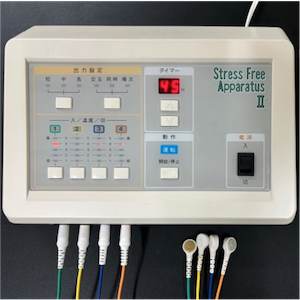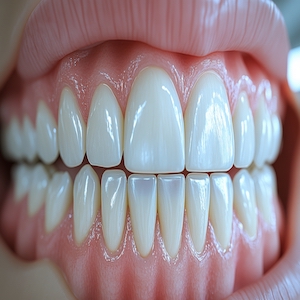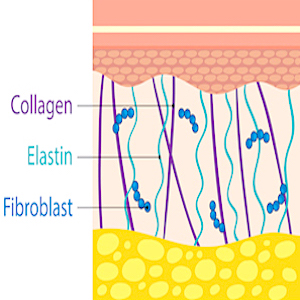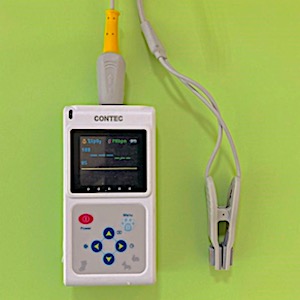Effects of laser acupuncture (stress-free therapy) on blood liver function indicators

All claims expressed in this article are solely those of the authors and do not necessarily represent those of their affiliated organizations, or those of the publisher, the editors and the reviewers. Any product that may be evaluated in this article or claim that may be made by its manufacturer is not guaranteed or endorsed by the publisher.
Authors
Metabolic dysfunction-associated steatotic liver disease (MASLD) is the most prevalent chronic liver disease worldwide. Metabolic disorders, including glucose and lipid disorders, exacerbate liver pathophysiology in patients with MASLD. We have previously demonstrated that laser acupuncture (stress-free therapy; SFT) improves glucose and lipid metabolism. Additionally, we have found that SFT can increase blood flow throughout the body and decrease stress-related hormones. The purpose of this study was to examine whether SFT can improve liver function test values. This investigation was conducted as a retrospective cohort study, including 185 subjects (females/males: 89/96; age: 64.3±11.8 years). Blood samples were collected from all subjects before and after SFT. We measured liver function indicators, glucose levels, and lipid levels, and compared the value of each factor before and after SFT using the Wilcoxon signed-rank test for paired comparisons. Liver function indicators (aspartate aminotransferase [AST], alanine aminotransferase [ALT], lactate dehydrogenase, total bilirubin, and alkaline phosphatase) significantly decreased after SFT. Blood levels of total cholesterol (T-Chol) and glucose also significantly reduced after SFT. The gamma-glutamyl transpeptidase (GGT) level did not change after SFT. Subgroup analysis by gender did not modify the overall findings. Findings from this large-scale study indicate that SFT may significantly improve liver function indicators. These results highlight the potential of SFT as an effective therapeutic strategy for MASLD.
How to Cite

This work is licensed under a Creative Commons Attribution-NonCommercial 4.0 International License.









